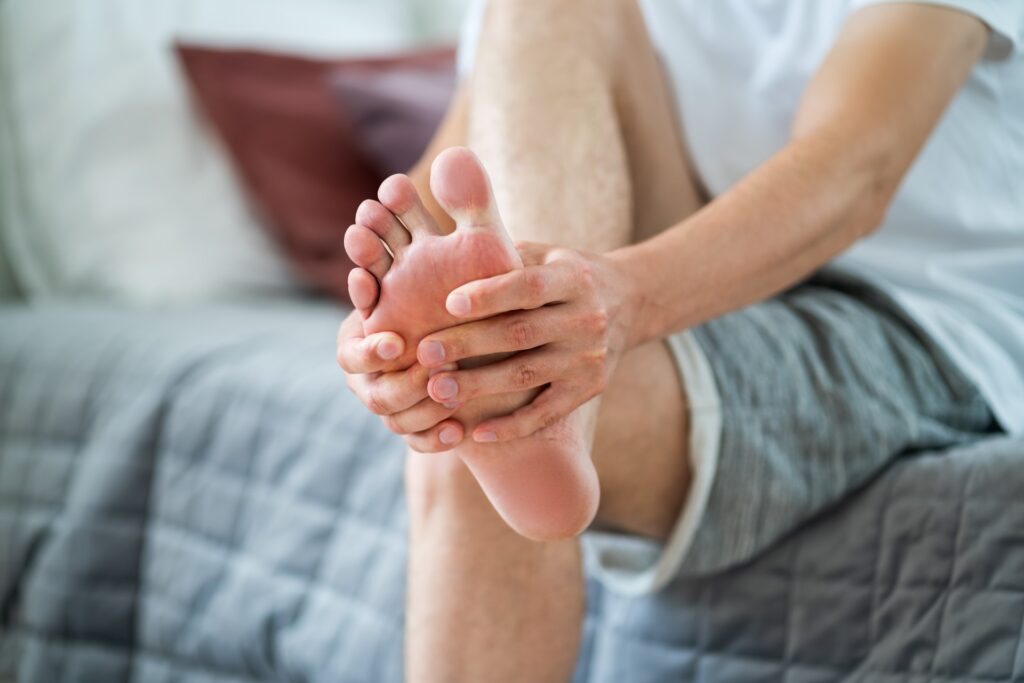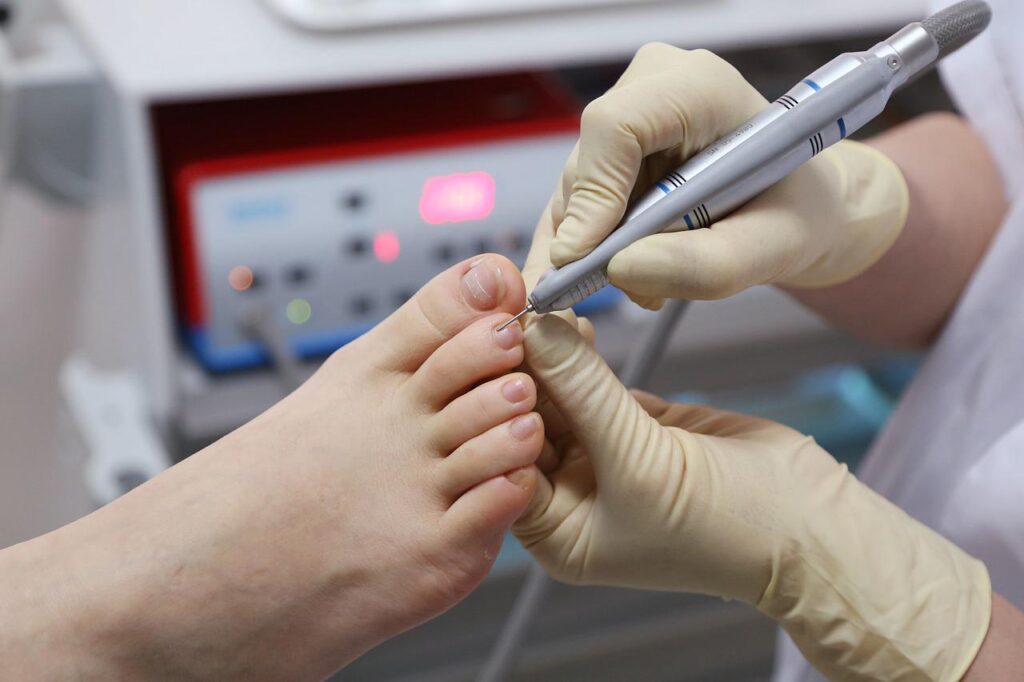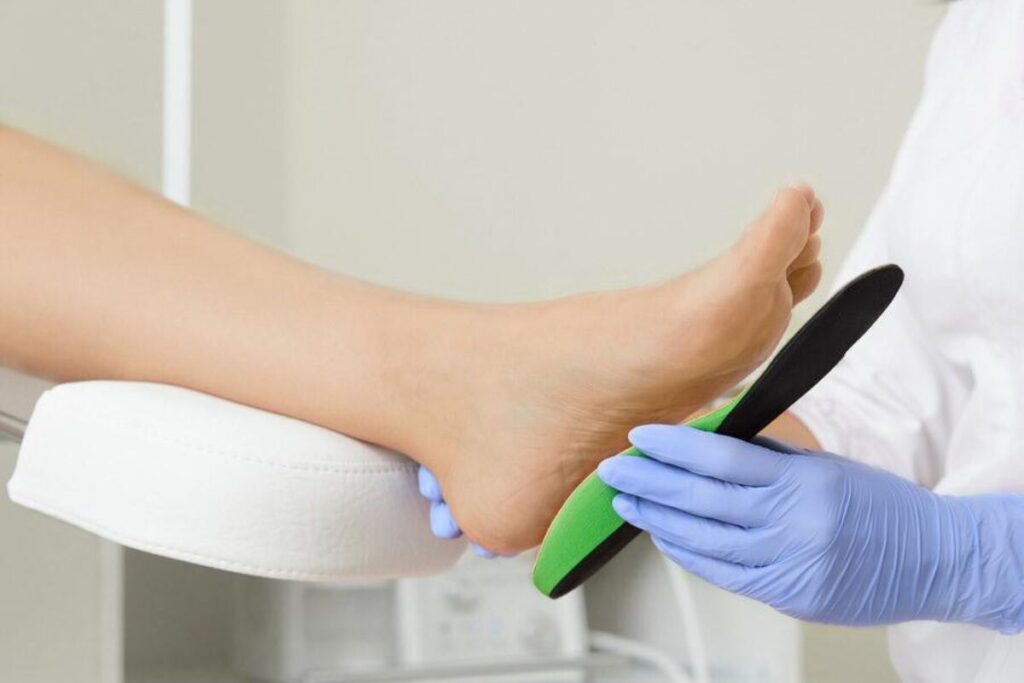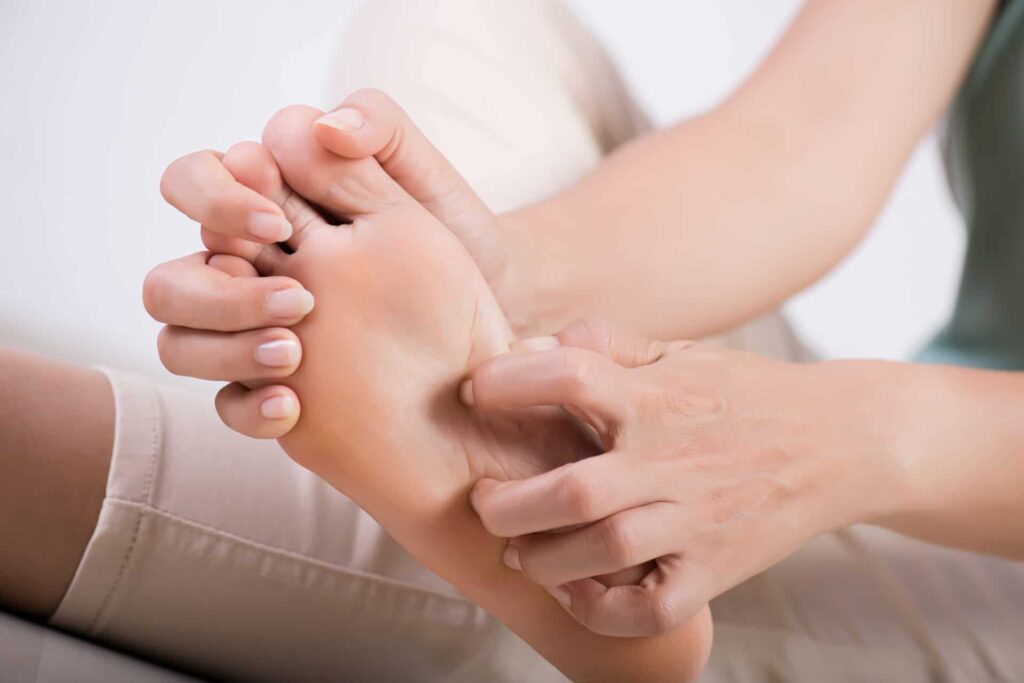Are you struggling with aches, pains, and other ailments in your feet? Do you find yourself struggling with prolonged discomfort while walking or standing? If so, it’s time to explore the world of chiropodists and podiatrists. Unlock the sole of your foot health with this insight into their critical roles in relieving your pain.
Understanding the Role of a Chiropodist or Podiatrist
The terms ‘chiropodist’ and ‘podiatrist’ are often used interchangeably but there are certain differences between them. A chiropodist typically provides preventative or restorative care in line with a doctor’s diagnosis while a podiatrist is a medically qualified specialist doctor.
In addition to medical training provided by universities, many chiropodists also have additional qualifications such as postgraduate degrees or diplomas in related areas such as musculoskeletal medicine, orthotics, or sports medicine.
Chiropodists and podiatrists work closely with other healthcare professionals including doctors, physiotherapists, and consultants at Oshawa foot clinic to provide their patients with the best possible treatment for their needs.
Treatment may involve orthotic devices such as insoles to aid footwear fit; manual therapies like a massage; specific exercise-based rehabilitation programs; topical treatments for fungal infections; custom-made footwear padding/modifications; advice on properly fitting shoes/daily exercise routine etc along with traditional nail cutting services for people with deformed nails who need regular preventative treatment on an ongoing basis due to age or illness.
Common Conditions Treated by Chiropodists and Podiatrists

Source: healesclinics.com
Chiropodists and podiatrists are healthcare professionals who specialize in the medical and surgical care of the feet and ankles. They diagnose, treat, manage, and assess foot and ankle problems in people of all ages. Issues that commonly necessitate the involvement of these professionals include:
- Ingrown toenails
- Fractures, bruises, or sprains
- Fungal or bacterial infections of the skin
- Soft tissue lesions
- Heel pain caused by plantar fasciitis or heel spurs
- Tendonitis
- Nail deformities such as ingrown nails, fungal infection, or hyperkeratosis (accumulation of hardened skin cells)
- Foot deformities caused by trauma, congenital defects, arthritis, etc.
- Diabetes-related ulcers and complications
- Tumor growths on the feet
- Unusual gait patterns due to muscular imbalance
These experts use a comprehensive range of treatments for patients including physical therapy techniques such as joint mobilization and manipulation, electrical stimulation, therapeutic exercises, and laser therapy. They may also advise on more complex orthopedic interventions such as custom footwear modifications to relieve excessive pressure on certain areas.
Regular equipment used in treatment includes scalpels for excisional surgery for warts or other lumps on the feet, nail clippers for trimming deformed toenails as well as topical medications to treat skin infections.
Diagnostic Techniques

Source: blog.thetoebro.com
They use a variety of diagnostic techniques and tests to help diagnose and manage foot-related medical conditions. The type of diagnostic technique used depends on the patient’s condition, age, and other factors involved.
Some common diagnostic techniques used by chiropodists and podiatrists include:
- The clinical examination involves the assessment of the patient’s posture, walking patterns, lower limb strength, and joint range of motion
- Biomechanical analysis to assess the way that patients walk as well as their gait pattern
- Ultrasound scanning to look for signs of inflammation or damage in the deeper tissues of the foot
- X-ray imaging to identify bone issues or fractures
- Magnetic Resonance Imaging (MRI) scans for more detailed imaging
- Lab tests such as blood or urine tests for signs of infection or disease
These diagnostics are used to help chiropodists and podiatrists understand a patient’s condition so they can create an appropriate treatment plan. They may also advise special orthopedic footwear if necessary.
Treatment Options Available to Patients

Source: balancehealth.com
Patients who suffer from a range of lower extremity issues, from ingrown toenails to bunions and Achilles tendon problems, may find relief through treatments provided by podiatrists and chiropodists. Both of these professionals specialize in diagnosing and treating problems with the feet, ankles, and lower limbs. They can provide advice on how to reduce or prevent symptoms from reoccurring in the future, as well as administering treatments such as:
- Orthotics – These custom-made devices are designed to help improve how patients walk, run or stand. They can realign the bones in the feet and reduce pressure on certain regions of the body that may be causing pain during everyday activities.
- Manual therapy – This type of treatment helps ease tensions and restrictions found in sore muscles by stretching them gently with hands. It is often used to treat conditions such as plantar fasciitis (heel pain) and Achilles tendonitis (ankle pain).
- Toe straightening – This treatment is often recommended for those suffering from bunions or hammertoes. During individual appointments with a podiatrist or chiropodist, unwanted curvatures can be relieved through manipulations performed without surgery.
The Role of Exercise & Diet in Foot Health

Source: intermountainhealthcare.org
It’s important to remember that exercise and diet play an important role in the health of our feet. Regular exercise helps keep our feet healthy by improving circulation and strengthening the muscles, tendons, and ligaments that support the foot. Additionally, regular exercise can help keep joints flexible and reduce pain associated with conditions like plantar fasciitis.
Similarly, eating a healthy diet is essential to maintaining strong bones, which in turn increases foot strength. Nutrients like calcium, protein, Vitamin D, Vitamin B12, and magnesium help enhance bone health as well as reduce inflammation in joints.
Lastly, lifestyle factors such as smoking also affect foot health. Individuals who smoke are at an elevated risk for developing a variety of conditions including neuropathy (nerve damage), Hammertoe deformities, dry skin on feet that can lead to cracking or fissuring of the skin yields limping due to pain or fatigue of legs after short periods of time due off poor blood supply and circulation within them (a condition called Intermittent Claudication).
For this reason, it’s important for those smokers who experience this type of pain to seek professional advice from their doctor or chiropodist/podiatrist. They will be able to provide treatment options such as stretching/massage exercises which aim to improve blood supply to the area and therefore reduce sensations of tingling or burning sensation and become more comfortable over time.
Conclusion

Source: feetfirstclinic.com
A healthy and balanced foot is essential for overall well-being. We hope this article has shed some light on the world of podiatrists and chiropodists, and how they can help you maintain your foot health. Whether you need a pedicure or an orthotic device to ensure your feet are functioning properly, these professionals are there to help. If you experience any issue with the soles of your feet, it’s best to seek out professional advice from a qualified specialist as soon as possible!
